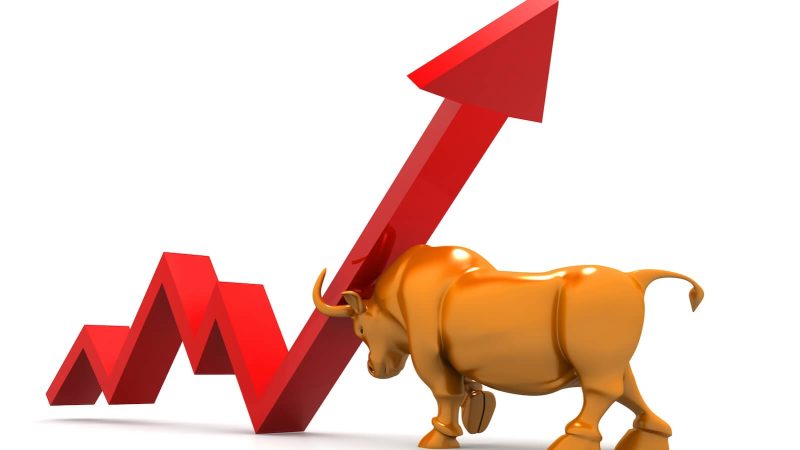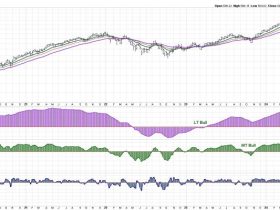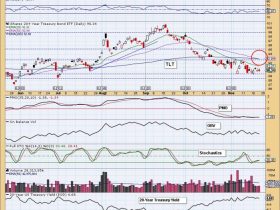In recent times, the global stock market has experienced significant rallies, riding a wave of optimism that has driven up stock prices across various sectors. This surge in stock market performance has been accompanied by a notable increase in yields on government bonds, signaling a potential shift in market dynamics. To fully understand the relationship between the stock market rally and the rise in yields, it is essential to delve into the key factors driving these developments.
One of the primary drivers behind the stock market rally is the anticipation of a robust economic recovery following the disruptions caused by the COVID-19 pandemic. With vaccination efforts gaining momentum and economies gradually reopening, investors are optimistic about the prospects for strong corporate earnings growth in the coming quarters. This positive outlook has fueled investor confidence and led to a surge in demand for equities, driving up stock prices.
Moreover, central bank policies have played a crucial role in supporting the stock market rally. Central banks around the world have implemented unprecedented monetary stimulus measures, including large-scale asset purchases and near-zero interest rates, to mitigate the economic impact of the pandemic. These accommodative policies have injected liquidity into the financial system, making it cheaper for companies to borrow and stimulating investment in the equity markets.
While the stock market rally has attracted significant investor interest, it has also coincided with a rise in bond yields, particularly on government bonds. Yields on 10-year Treasuries, a key benchmark for interest rates, have been climbing steadily in recent months. The increase in bond yields can be attributed to several factors, including inflation expectations, economic growth prospects, and concerns about rising government debt levels.
Inflation expectations have been a key driver of the rise in bond yields. As the economy reopens and demand rebounds, there are growing concerns about a potential increase in inflationary pressures. Higher inflation expectations are typically associated with higher bond yields, as investors demand a higher return to compensate for the erosion of purchasing power caused by inflation.
Additionally, the strong economic growth outlook has contributed to the uptick in bond yields. As economic activity picks up pace, investors anticipate higher returns on their investments, prompting them to demand higher yields on bonds. The prospect of robust economic growth has also raised concerns about the sustainability of government debt levels, leading to upward pressure on yields.
Furthermore, the rise in bond yields can also be attributed to the Federal Reserve’s signals of a potential shift in monetary policy. The Fed has indicated that it may start tapering its asset purchase program and eventually raise interest rates to prevent the economy from overheating. These hints of policy normalization have spooked bond markets, leading to a sell-off in bonds and an increase in yields.
In conclusion, the stock market rally and the rise in bond yields are intertwined phenomena driven by a combination of factors, including economic recovery expectations, central bank policies, inflation concerns, and changing monetary policy signals. While the stock market rally reflects optimism about the economic outlook, the increase in bond yields highlights growing concerns about inflation and future policy actions. As investors navigate this evolving landscape, staying informed about market dynamics and adjusting investment strategies accordingly will be crucial in managing risks and capitalizing on opportunities in the current environment.











